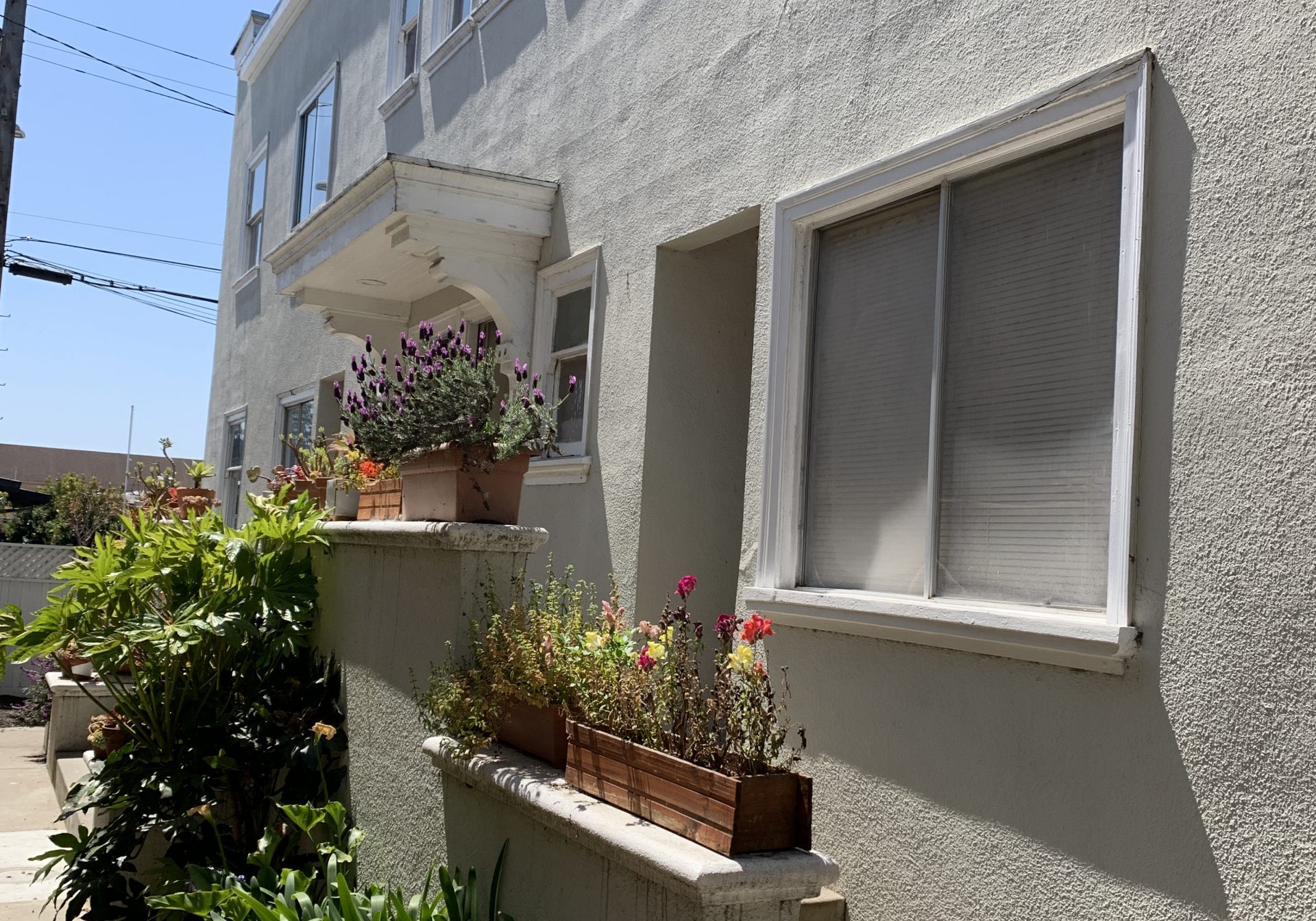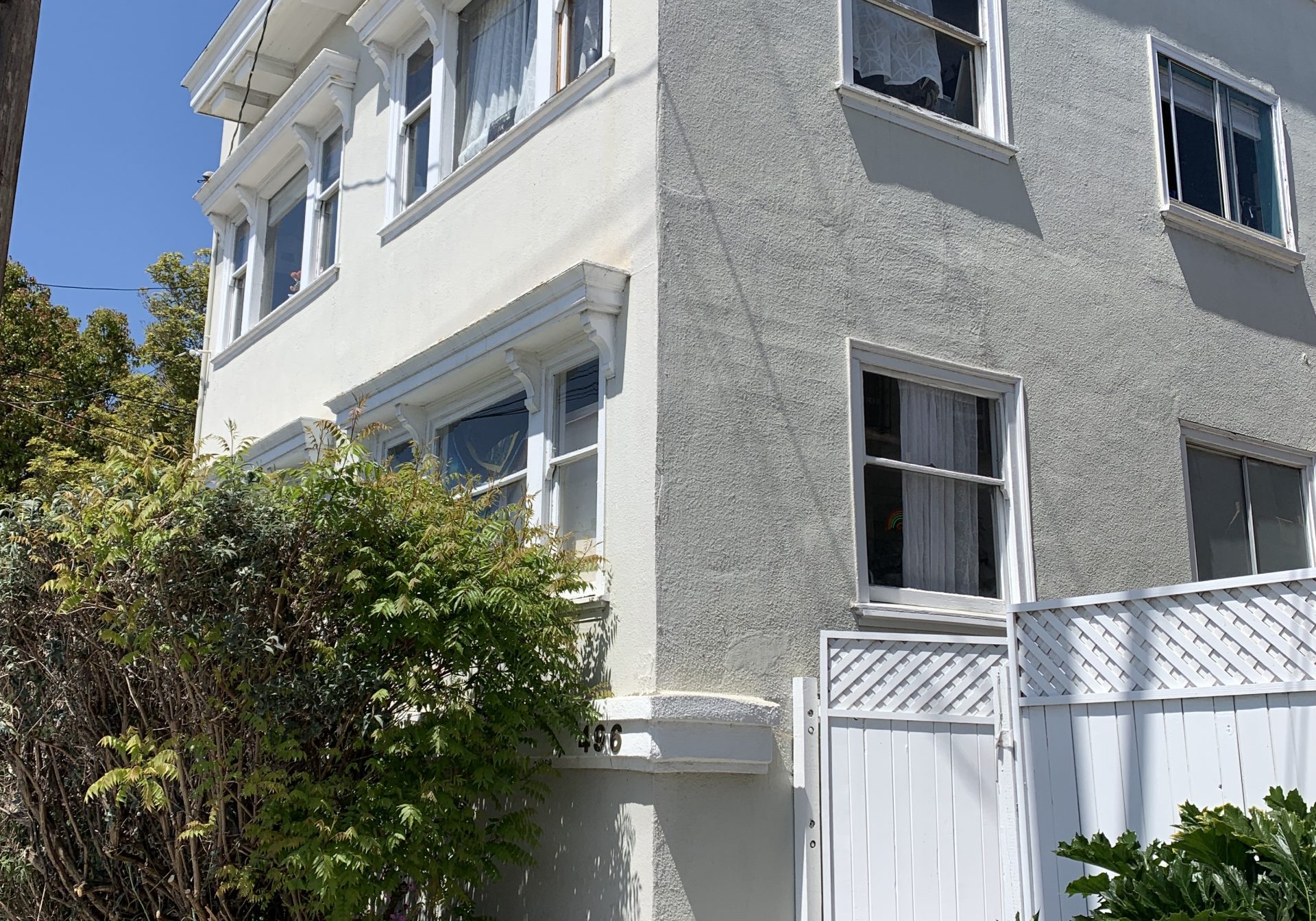Mechanics of 1031 Exchange
Internal Revenue Code Section 1031 is one of the single greatest wealth building tools available to the real estate investor.
Internal Revenue Code Section 1031 allows investors to defer the payment of capital gains taxes when selling an investment property and exchanging into another investment property.
Types of Exchanges
Simultaneous Exchange
In a simultaneous exchange the relinquished property is sold and the replacement property acquired on the same day, with concurrent closings. The simultaneous exchange is rare and investors should still use an Exchange Accommodator when doing a simultaneous exchange.
Delayed Exchange
The most common method of exchanging, the delayed exchange, allows investors to sell a property and then acquire replacement property within 180 days.
Reverse Exchange
The reverse exchange allows investors to acquire replacement property prior to selling. The reverse exchange can be more complicated however, as investors can not own both the new replacement property and (soon to be) relinquished property at the same time. An Exchange Accommodating Titleholder will need to go on title to one of the two properties involved in the exchange. Investors considering a reverse exchange should contact exchange accommodator of their choice well in advance of closing on the replacement property.
Construction/Improvement Exchange
The construction exchange allows investors to use exchange proceeds to build on land or improve an existing property. The construction/improvements exchange is often used to acquire a "fixer" and do improvements on the existing structure. The pitfall with a construction/improvement exchange lies in the fact that all exchange funds need to be spent on or before the 180th day of the exchange.
More on 1031 Mechanics

ABCs of 1031 Exchange
We will discuss with client that 1031 Exchange is an option on ANY business or investment listing, or any owner occupied listing that has an investment component (house with a farm, house with an in-law unit in the back). We will also add the appropriate 1031 Exchange language to the Purchase and Sale agreement (or as an addendum).
The next order of business is to open an exchange account BEFORE the close of escrow. We actually have the seller talking to exchange intermediary way in advance of accepting an offer. And the very important next step is to find replacement property! Keep in mind that the sooner you start looking for property, the better.




